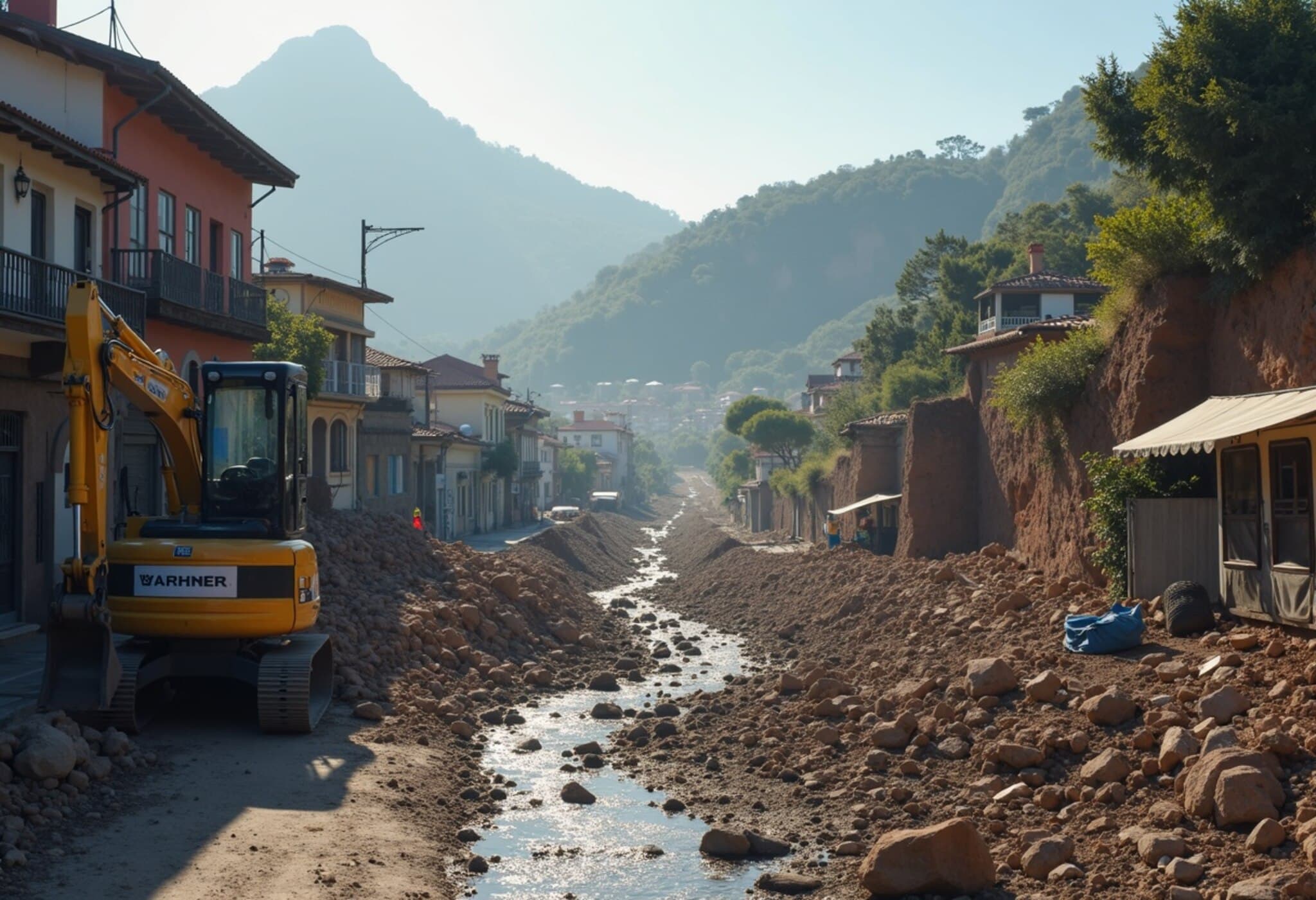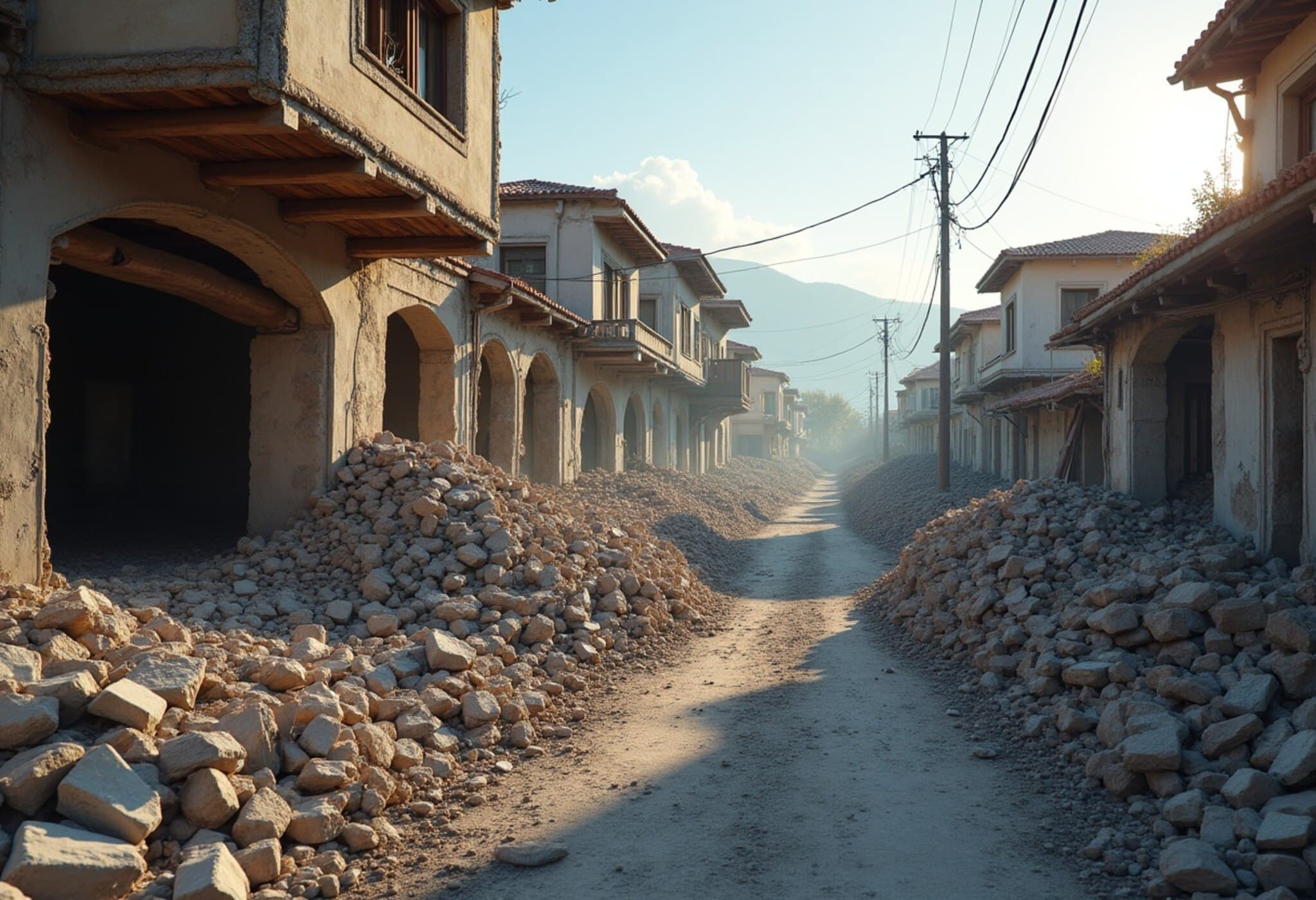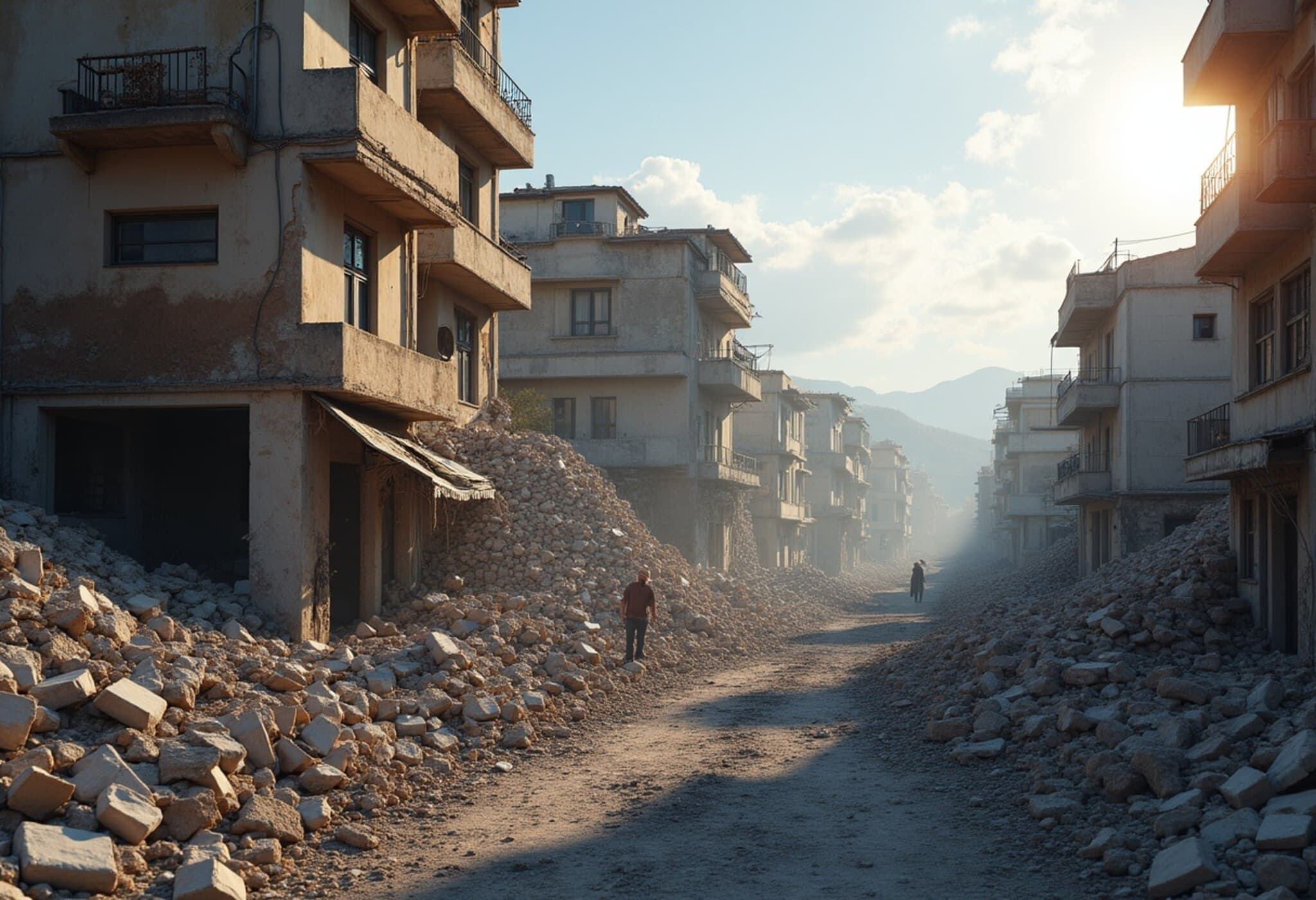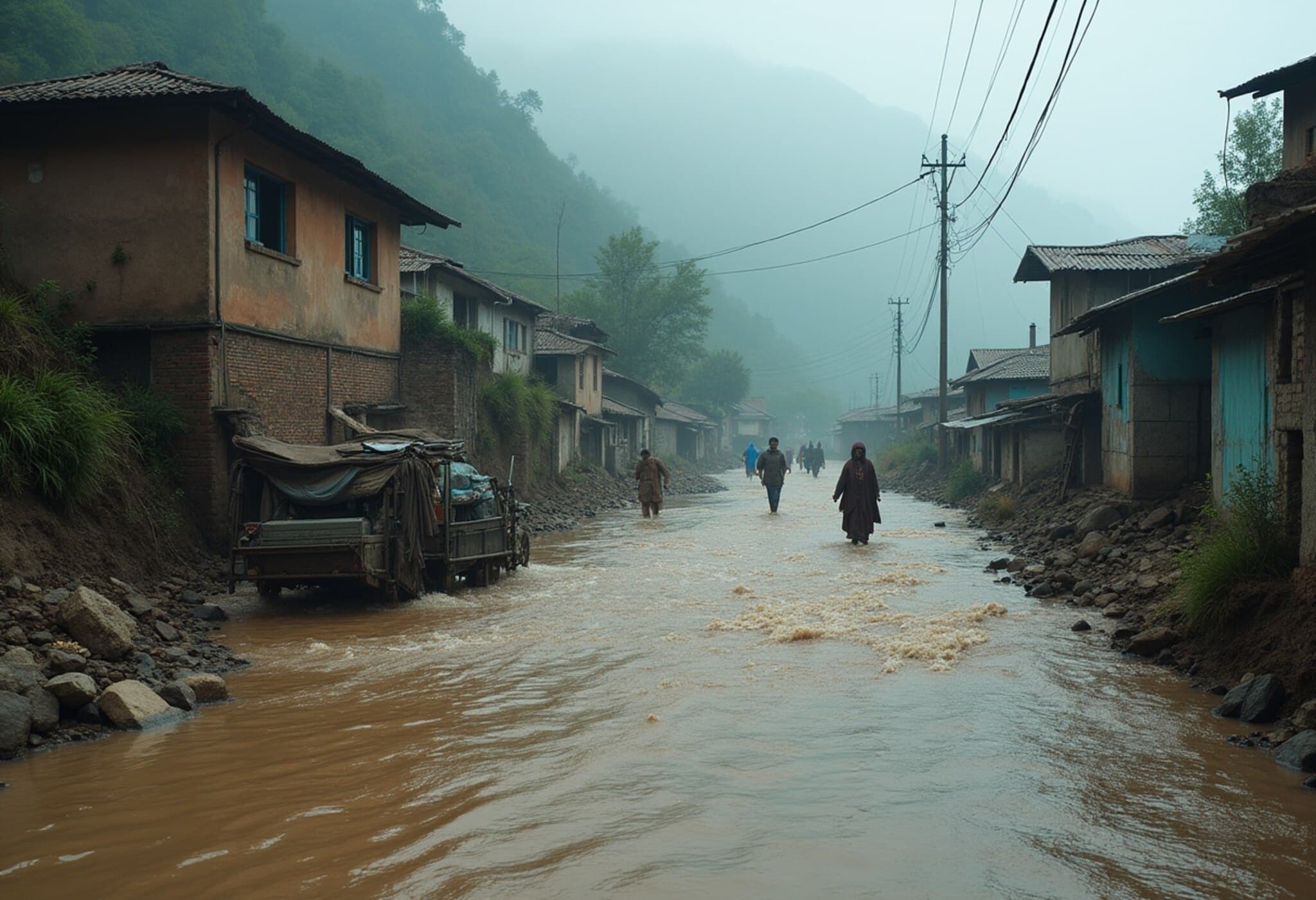Deadly Floods in South Korea After Relentless Five-Day Downpour
South Korea has been grappling with catastrophic flooding triggered by five consecutive days of torrential rain, leaving at least 17 people dead and an additional 11 missing, according to the country’s Interior and Safety Ministry as of Sunday, July 20, 2025.
Human Toll and Regional Impact
The impacts have been widespread, with some of the worst devastation recorded in the southern town of Sancheong, where ten fatalities and four missing persons were reported amid landslides and collapsed homes. The northeast, particularly in Gapyeong near Seoul, also witnessed tragedy with one individual swept away by swollen streams and another killed when a house collapsed.
South Chungcheong province and the city of Gwangju have additionally reported casualties due to submerged vehicles and flooded structures, illustrating the multifaceted dangers of these floods. Earlier in the week, a fatal incident in Osan involved a vehicle buried under a collapsing retaining wall.
Government Response and Evacuations
By late Sunday afternoon, authorities had evacuated approximately 2,730 residents from vulnerable areas as the rainfall eased in most parts. Officials have lifted heavy rain alerts but warn of upcoming extreme heat conditions following the heavy precipitation.
President Lee Jae Myung conveyed heartfelt condolences to the affected families and assured swift government action. He emphasized plans to designate the hardest-hit zones as special disaster areas, which would unlock enhanced government funding and support for rebuilding efforts.
Contextual Analysis: Climate and Risk Management Challenges
This extreme weather event highlights the ever-growing challenges South Korea faces due to climate variability. With southern regions receiving an alarming 600–800 millimeters (24–31 inches) of rain within days — quantities that would overwhelm many urban and rural infrastructures — concerns intensify over the country’s preparedness for such natural disasters amid global climate change.
Experts note that Korea's rapid urbanization coupled with aging flood defense systems exacerbates vulnerabilities. It also underscores the urgent necessity for holistic disaster risk management plans that incorporate climate projections, resilient infrastructure upgrades, and community-based early warning systems.
Moreover, this devastating episode raises critical questions about insurance coverage gaps for affected residents and how socioeconomic disparities may compound recovery challenges — an area that often receives insufficient attention in disaster reporting.
The Road Ahead: Recovery and Resilience
While the weather is expected to clear with a forthcoming heat wave, the path to recovery is fraught with obstacles. Structural damage, displaced communities, and the emotional trauma experienced by survivors demand coordinated relief efforts across government agencies and civil society.
From a broader policy perspective, this calamity could act as a catalyst for reforming South Korea’s emergency response systems and infrastructure investment priorities. It also brings to light the importance of integrating climate resilience into urban planning and community education, crucial for mitigating the impact of future flooding events.
Editor’s Note
The recent floods in South Korea serve as a sobering reminder of the dire consequences of extreme weather exacerbated by climate change. Beyond the immediate human tragedy, there is a pressing need to rethink disaster preparedness and resilience frameworks at both local and national levels. How will South Korea balance rapid development with sustainable, climate-adaptive strategies? And what role can international cooperation play in strengthening flood risk management in vulnerable regions? These questions merit ongoing attention as the globe faces increasing weather unpredictability.











